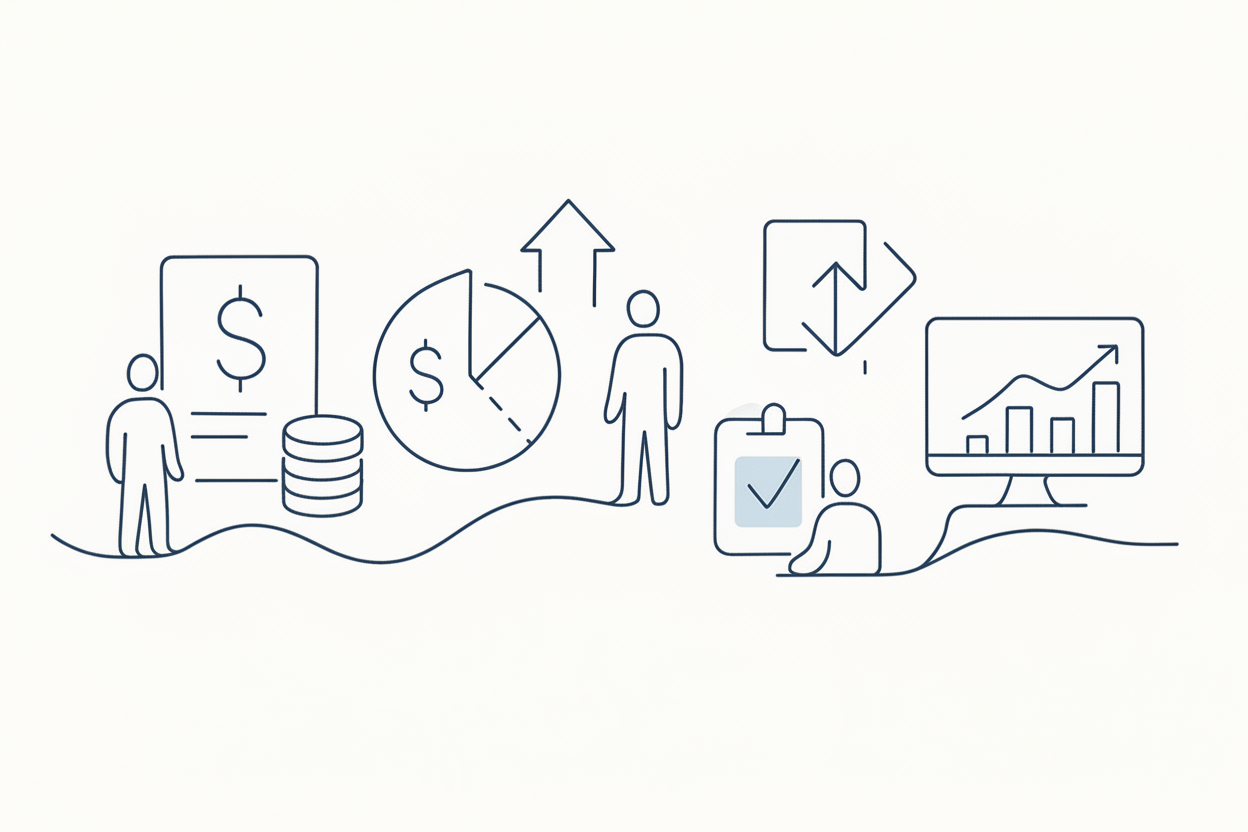Paper Trading vs. Live Trading: Key Differences and What to Expect

Paper trading provides a risk-free way to test strategies, but it does not fully replicate live trading. Differences in execution, market conditions, and emotions mean traders must transition carefully when going live.
Is Paper Trading as Reliable as Live Trading?
Many traders wonder if the results they get from paper trading will match what happens when they trade with real money. While paper trading is a valuable tool for strategy testing and skill development, it is not a perfect representation of live trading.
There are two major reasons why paper trading results often differ from live trading performance:
1. Slippage and Commissions – Paper trading does not accurately reflect the impact of order execution delays, market liquidity, and brokerage fees. The price you expect to get filled at in a simulated environment may not be the actual price you receive in live trading.
2. Market Conditions Change – Past performance in a paper trading environment does not guarantee future success in live markets. Market conditions shift, and strategies that worked well in a backtest may lose their edge over time.
Why Paper Trading Can Be Misleading
Execution Differences
• Paper trading assumes perfect execution, while live orders experience slippage and varying fill prices.
• Orders in paper trading often get filled at the ideal price, but in real trading, spreads, liquidity, and market depth impact execution.
No Emotional Factor
• Paper trading eliminates the psychological pressure of risking real money.
• Live trading introduces emotions such as fear and greed, which can lead to impulsive decisions.
Backtesting vs. Forward Testing
• Backtests on historical data might suggest a strategy is profitable, but that does not guarantee it will work in future conditions.
• Walk-forward testing and ongoing monitoring are necessary to determine if a strategy remains viable.
How to Bridge the Gap Between Paper and Live Trading
To improve the accuracy of your paper trading results, consider these adjustments:
• Factor in Slippage and Commissions – Adjust your strategy to include realistic execution delays and trading fees.
• Use Market Orders Instead of Limit Orders – Simulating market orders can better reflect real execution challenges.
• Test in Different Market Conditions – Ensure your strategy works in various market environments, not just during favorable conditions.
• Transition Gradually to Live Trading – Start with small position sizes when moving from paper to live trading.
The Importance of Continuous Strategy Evaluation
Even if a trading strategy performs well in backtests and paper trading, it should still be monitored over time. Markets evolve, and no strategy remains profitable indefinitely. Regularly reviewing and adjusting your approach will help maintain long-term success.
Conclusion
Paper trading is a useful tool, but it should not be mistaken for a perfect preview of live trading performance. Differences in execution, market conditions, and emotional factors all play a role in the outcome. Traders should use paper trading as a learning tool but transition carefully to live trading while continuously evaluating their strategies.




